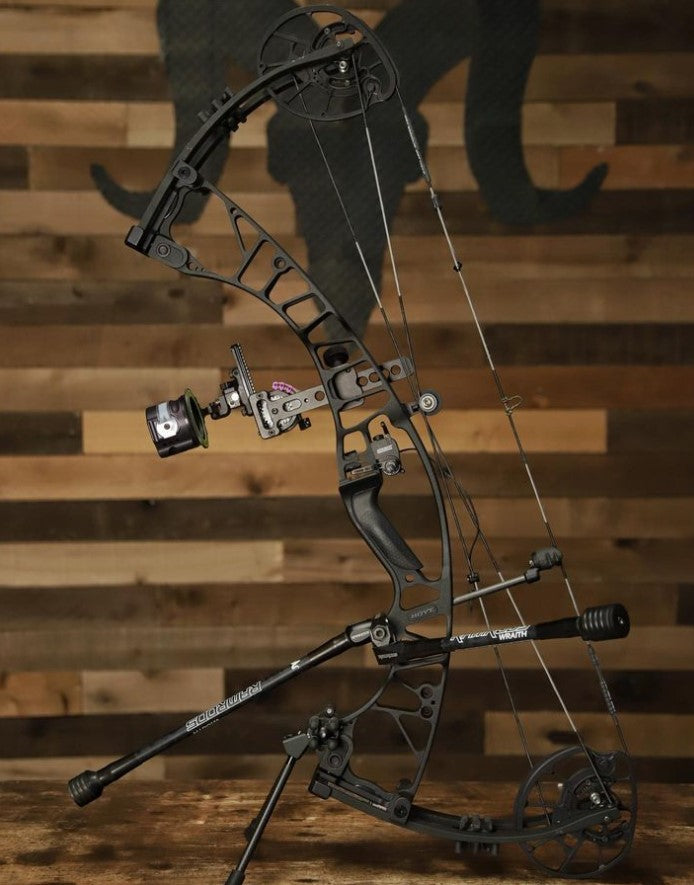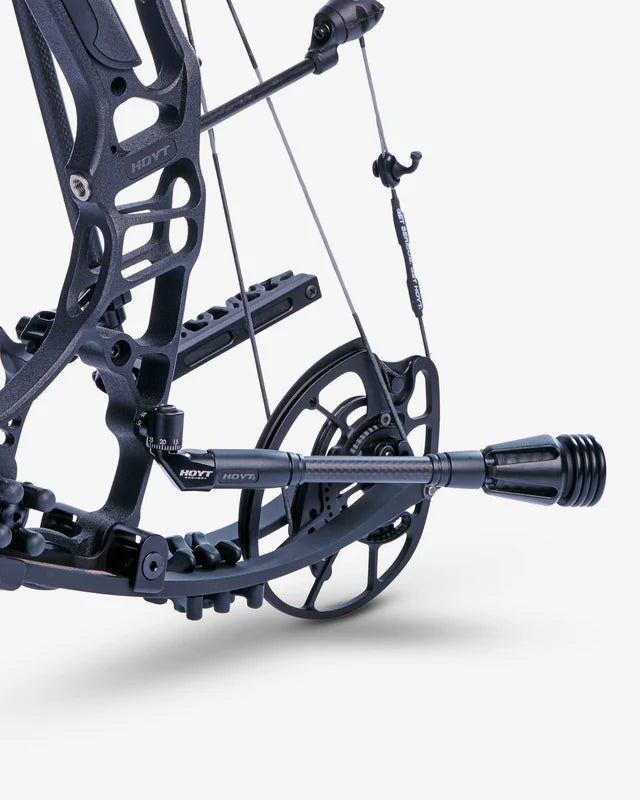The Ultimate Guide to Selecting the Right Archery Stabilizer for Enhanced Accuracy
Archery is a sport that requires accuracy and precision, and picking the right tools is crucial for achieving optimal results. Among the various devices available, an archery stabilizer plays a significant duty in improving precision. Nonetheless, with a lot of alternatives on the marketplace, it can be overwhelming to determine which stabilizer is the right fit for your requirements. In this detailed overview, we will certainly explore the crucial elements to take into consideration when picking an archery stabilizer for enhanced accuracy. From locating the ideal length to understanding the different styles and products, we will certainly explore whatever you require to understand to make an informed choice. Whether you are a seasoned archer looking to update your equipment or a beginner looking for support, join us on this journey as we untangle the secrets to picking the best archery stabilizer.
Size: Finding the Optimum Stabilizer Length
Figuring out the perfect stabilizer size is vital when picking an archery stabilizer for optimal performance. A stabilizer that is as well long can make the bow really feel hard and top-heavy to manage, while a stabilizer that is as well short may not offer adequate security and dampening of vibrations.
A longer stabilizer, typically ranging from 8 to 12 inches, can give better stability and minimize bow torque. This is specifically advantageous for archers who shoot with a high draw weight or those who tend to torque the bow during the shot. The included length helps to distribute the weight evenly and counterbalance any kind of torque or activity.
On the other hand, a shorter stabilizer, typically in between 4 to 7 inches, offers a lot more maneuverability and quicker feedback. It is preferred by archers who fire with a lower draw weight or those who require more movement, such as hunters or 3D shooters. The shorter length allows for less complicated activity via limited rooms and faster changes.
Ultimately, the ideal stabilizer size is a matter of personal choice and shooting style. It is suggested to try out different sizes and observe the results on stability and accuracy. Consulting with seasoned archers or professionals can likewise supply important understandings and suggestions.
Weight: Establishing the Appropriate Stabilizer Weight
After thinking about the ideal stabilizer size, the next vital aspect to take into consideration when choosing an archery stabilizer is figuring out the appropriate stabilizer weight - archery stabilizer. The weight of the stabilizer plays a critical duty in improving precision and stability during the shot
The weight of the stabilizer impacts the balance and control of the bow. A heavier stabilizer can give raised stability and control, especially for shooters with a propensity for irregular shots or unstable hands. It aids to take in the resonances and recoil produced by the bow, decreasing torque and minimizing the effect on the arrow's flight.
On the other hand, a lighter stabilizer allows for a quicker and much more receptive bow. It can be advantageous for shooters that prioritize maneuverability and speed over stability. Lighter stabilizers likewise minimize tiredness during long shooting sessions or competitors.
To establish the suitable stabilizer weight for your demands, it is essential to consider your shooting design, physical strength, and bow arrangement. Try out various weights and observing the effect on your shooting efficiency is essential to locating the ideal balance.
Inevitably, the optimal stabilizer weight will differ for every specific archer. It is advised to start with a moderate weight and make changes based upon personal preference and shooting results. Remember, the goal is to achieve a regulated and stable shot, while also preserving convenience and ease of usage.
Products: Choosing the Right Products for Toughness and Efficiency
When choosing an archery stabilizer, it is vital to thoroughly think about the materials used in its building and construction to make sure toughness and maximize performance. The option of materials can considerably affect the total quality and effectiveness of the stabilizer.
One of one of the most typically utilized materials for stabilizers is carbon fiber. Carbon fiber supplies a high strength-to-weight ratio, making it lightweight yet unbelievably strong. This material reduces and soaks up vibrations bow torque, causing improved security and precision. In addition, carbon fiber stabilizers are resistant to temperature modifications and are much less most likely to warp or bend with time.
An additional popular product for stabilizers is aluminum. Aluminum stabilizers are recognized for their longevity and rigidness. They offer outstanding moistening capacities, lowering the quantity of shock and vibration moved to the shooter's hand. Light weight aluminum stabilizers also offer a vast array of customization alternatives, enabling archers to readjust the weight and size to fit their choices.
Some stabilizers are created using a combination of materials. For instance, a stabilizer may have a carbon fiber core wrapped in a light weight aluminum shell. This crossbreed design integrates the most effective top qualities of both materials, giving optimal stability, sturdiness, and efficiency.
Design: Comprehending the Different Stabilizer Layouts and Their Results
Considering the products made use of in archery stabilizers, it is necessary to now dive right into the different styles of stabilizers and their corresponding results. The style of an archery stabilizer plays a critical duty in boosting accuracy and minimizing resonance throughout the shot. There are numerous various styles available in the market, each with its own distinct qualities.

An additional popular style is the side bar stabilizer. This layout entails affixing a short pole to the side of the bow, alongside the primary long rod. Side bar stabilizers help in counterbalancing the weight of devices, such as quivers or sights, and supply additional security to the bow.
Some stabilizers come with flexible weights. These stabilizers allow archers to fine-tune the balance and feel of their bows by including or removing weights. This feature is especially useful for archers who like a certain weight circulation or intend to trying out different arrangements.
Additionally, some stabilizers include wetting innovation to lessen vibration and sound. These stabilizers frequently have built-in dampeners or use materials that take in vibrations, causing a smoother and quieter shot.

Accessories: Discovering Added Devices for Improved Security
These devices are designed to work in combination with the archery stabilizer to offer an even higher level of stability and accuracy. One such accessory is the V-bar or the side stabilizer place.
Another device that can improve stability is a bow sling. A bow sling is a strap that affixes to the bow and permits the archer to maintain an unwinded grasp on the bow take care of without the worry of dropping it (archery stabilizer). This unwinded grip aids to lower muscle mass tension and allows for a more steady and constant shot
Furthermore, a stabilizer weight system can be used to adjust the equilibrium and security of the bow. These weight systems usually include little weights that can be included or eliminated from the stabilizer to change the equilibrium factor of the bow. By finding the ideal balance point, archers can accomplish a more stable and precise shot.
Final Thought
In verdict, picking the ideal archery stabilizer entails taking into consideration variables such as length, weight, products, layout, and added devices. The optimal stabilizer size and weight will certainly depend on individual choices and shooting style.
Establishing the excellent stabilizer size is important when choosing an archery stabilizer for optimum efficiency. A stabilizer that is too long can make the bow really feel top-heavy and challenging to manage, while a stabilizer that is too brief might not supply sufficient stability and dampening of resonances - archery stabilizer.Taking right into account the materials made use of in archery stabilizers, it is important to now dive right into the various styles of stabilizers and their particular impacts. Side bar stabilizers assist in reversing the best site weight of devices, such as sights or quivers, and supply extra stability to the bow
These weight systems generally are composed of tiny weights that can be added or click resources gotten rid of from the stabilizer to readjust the equilibrium factor of the bow.